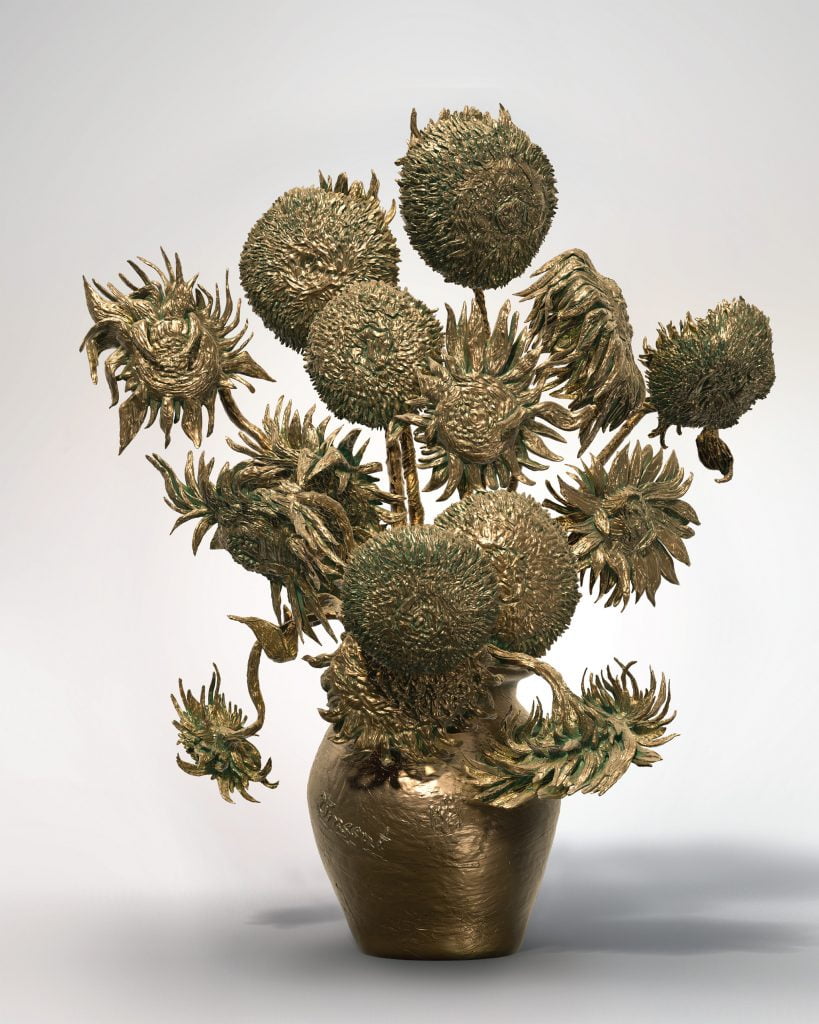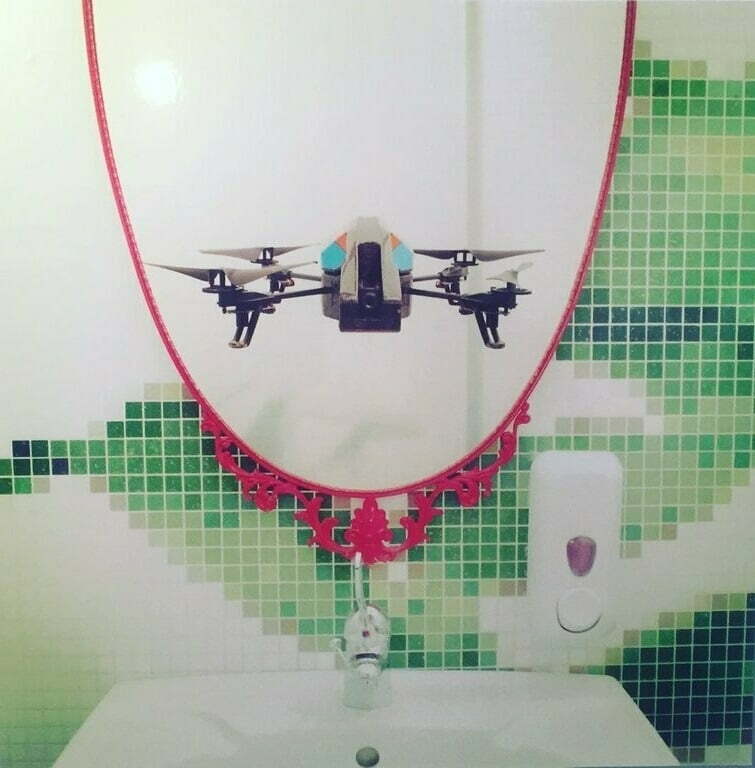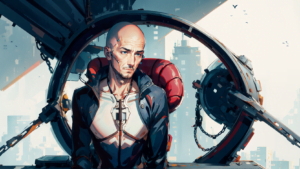Hi-tech in art: how modern technologies help artists work
4 min read
Andromeda News
High technology has revolutionized the domestic and professional aspects of life. Marketing, design, and production are digitally controlled. The artworld is also turning hi-tech: artists use new tools to create works, and galleries and museums are ways to organize exhibition spaces.
What opportunities have innovations opened up for the art community and why the development of art technologies is the future of art, Galaxy Andromeda Space team told.
Additive art
Modern authors go beyond one plane. To create voluminous works, they resort to the help of 3D printing. Rob and Nick Carter are cutting-edge UK artists who have recreated Vincent van Gogh’s Sunflowers.

The team needed to first 3D model it, then print it in wax bronze. Rob and Nick gave new life to the work of post-impressionism.
Street art (following the classic) also uses the benefits of additive technologies. In 2013, designer Gee Lee 3D printed 10,000 small rabbit statues that are hidden all over the world, from South Korea to the United States of America. The project was named Mysterabbit. Anyone can download the 3D file and print the rabbit themselves.
VR experience – a challenge to reality
Virtual reality was considered the prerogative of game developers, space agencies, and military schools. Modern artists have found in it an alternative way of self-expression. For example, Gretchen Andrew, an artist from London, and one of the pioneers of VR created an Alternate Reality.
Her project is considered the world’s first virtual reality show. Andrew often used Google Glass while working on the paintings and took videos and photos of the process and then included the footage in the show. The visitor put on virtual reality glasses and saw not only the picture but also the history of creation.

Matt Collishaw, another artist from London, used VR to recreate the world’s first major photographic exhibition from 1839 at Thresholds solo exhibition. The author sees photography as the basis for all subsequent visual innovations. The goal of the project is to provide the viewer with a portal to the past and draw attention to the process of the birth of photography.
Drone technology in art
Art and science create a unique symbiosis. Drones are considered military aircraft. Artists are changing the general public’s perception of drones. Once Upon a Nothing is a collective exhibition of international artists that took place in Canada in 2016.
With the help of video, sculptures, and photography, the authors explored the cultural space and aesthetics of drones, and the possibility of using an aircraft as a material for art.
For example, IOCOSE, one of the participants, presents the life of military drones in peacetime through photographs. In one scenario, the drones are the athletes in the 100m race. In another scenario, the drones are portrayed in moments of boredom, turning their surveillance technology on themselves to take home selfies.

Ars Electronica Futurelab is looking for new forms of self-expression and sees drones as a tool for creating contemporary art. The 3D figures are made using long-exposure shots of special Spaxels drones.
How exhibition spaces use hi-tech
Museums and galleries are integrating interactive technologies to change the way viewers and exhibits interact. Virtual tours on mobile devices, interactive floors and walls, and multi-touch systems (allow visitors to virtually manipulate and control the content on the screen using hand movements).
Cooper-Hewitt is a museum in New York that provides visitors with 4K touchscreen tables. Viewers receive high-resolution images and information about items from the museum’s collection.
When buying an entrance ticket, the visitor receives an interactive pen that allows you to “collect” and “save” gallery objects. The viewer presses the flat end of the pen against the museum marker and collects information about the exhibit. Data can be transferred to tables or stored in a personal account on the museum website for further collection and study.
The development of art technologies is the future of art
The use of science and technology in art is changing the face of artistic works. Modern authors provide the viewer with the opportunity to see familiar paintings in three dimensions, plunge into the past or get into an alternative reality using VR technologies, and look at familiar things from a new angle.
Contemporary art brings interactive, immersive experiences to the public. The works of artists with the help of hi-tech show that high technologies can be applied with enthusiasm and imagination.
Art displays in the galleries are designed to communicate with guests. Gallery owners invite the viewer to a dialogue and make them discuss the process of creating works using innovations. Breaking down physical barriers and getting visitors to be part of the process is taking museums and galleries to the next level.


